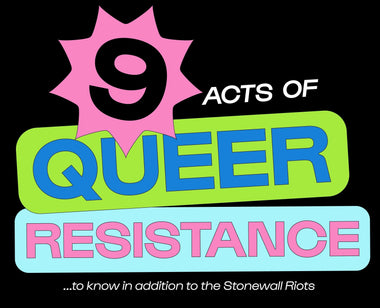BDSM Basics & How To Start the Conversation

You’re a little kinky, but you’re not sure whether BDSM is right for you. The good news is that BDSM is more than just the four letters its acronym stands for:
bondage and discipline, dominance and submission, and sadism and masochism.
BDSM is all about pushing boundaries and exploring new territories with a sex partner, and most importantly, BDSM depends on the enthusiastic consent of both people involved, and requires a lot of respect and open communication to work well.
BDSM contains a wide range of different sexual activities, including role-play, bondage, and domination and submission. If you’re ready to explore and you think your partner might be, too, it’s time to start talking about it.
So You Want to Start the Conversation?
If you’re thinking about exploring the many options within BDSM—whether you want to buy a pair of handcuffs to tie your partner up, or practice with a whip and chains—the first thing you need to do is open the conversation with your partner.
Good for beginners:
Restrain yourself or your partner without the elaborate knots, buckles and locks that come with your typical handcuffs. Cuffies are made from strong body-safe silicone, so they’re resilient and ideal for getting into different positions!
Tsk is a firm but supple paddle made of patent leather or the teasing, silky silicone tassels. It's dual-ended so you can use it to explore a range of impact!
Ask your partner.
Ask your sex partner if they’ve ever heard of BDSM, what they know about it, and whether they have any interest. It’s important to establish mutual interest and enthusiastic consent.
You don’t want your sex partner to feel pressured into doing something they’re not comfortable with.
Make a list of what you are and aren’t comfortable with.
If this is your first time getting even a little kinky, it might be helpful for each of you to write down a list of kinky situations you’re interested in trying, along with a second list of your hard boundaries. If you’re into trying anal but you absolutely do not want nipple clamps, your partner needs to know that, and vice versa.
Always create safe words.
While you’re having this discussion, it’s important to come up with one or more safe words with your partner. First, decide on a word that will serve as an absolute stop during sexual activity. Think of this safe word like an off button; if you or your partner uses it, even within the realm of role play, domination, or other kinky sex situations, then you’ll both stop immediately and reassess the situation to make sure everyone’s comfortable.
Safe words particularly come in handy if you’re role playing or practicing sadism, masochism, dominance or submission, but they can be used any time that someone is even slightly uncomfortable or wants to take a pause. Safe words are often used in lieu of partners simply saying “No” or “Stop,” because those words might be a part of the role play, especially if you’re practicing extremely rough sex.
Consent, consent, consent!
It’s important to remember that consent can be taken away at any time, especially during BDSM play. Just because you’re both kinky or you’ve tried something before doesn’t mean you’ll always be into it. You and your partner should make sure you have clear, ongoing communication about your boundaries, your likes and dislikes, and any limits you have.
Keep the conversation going.
When you’re first trying BDSM and kinky sex acts, you should check in with your partner regularly to make sure you’re both enjoying yourselves sexually and emotionally, that you feel safe and comfortable, and that you both want to move forward. Have a nonjudgmental conversation about what’s working for both of you, what isn’t, and what you might want to try in the future.
The best way to maintain enthusiastic consent is to do these regular check-ins, especially when BDSM is new to you, you’re trying a new type of sex act, or you’re with a new partner, to make sure everyone’s on the same page.
Aftercare is important.
It’s also important to meet your and your partner’s emotional needs before and after BDSM sex acts, particularly if they’re rough or involve any role playing such as dominance and submission, or sadism and masochism. It might help if you have a soothing conversation after a rough scene, but talk about it with your partner to see what makes sense for both of you. BDSM can be an exciting, kinky addition to your sex life—but maintaining active, enthusiastic consent and communication is key.
Click here to shop all of Unbound's kink products.
Alaina Leary is an editor, activist, and social media manager based in Boston, MA. She has an MA in publishing and digital media from Emerson College.

Latest Articles

A Hot and Quick Guide to BV, UTIs, and Yeast Infections

9 Acts of Queer Resistance to Know in Addition to the Stonewall Riots










